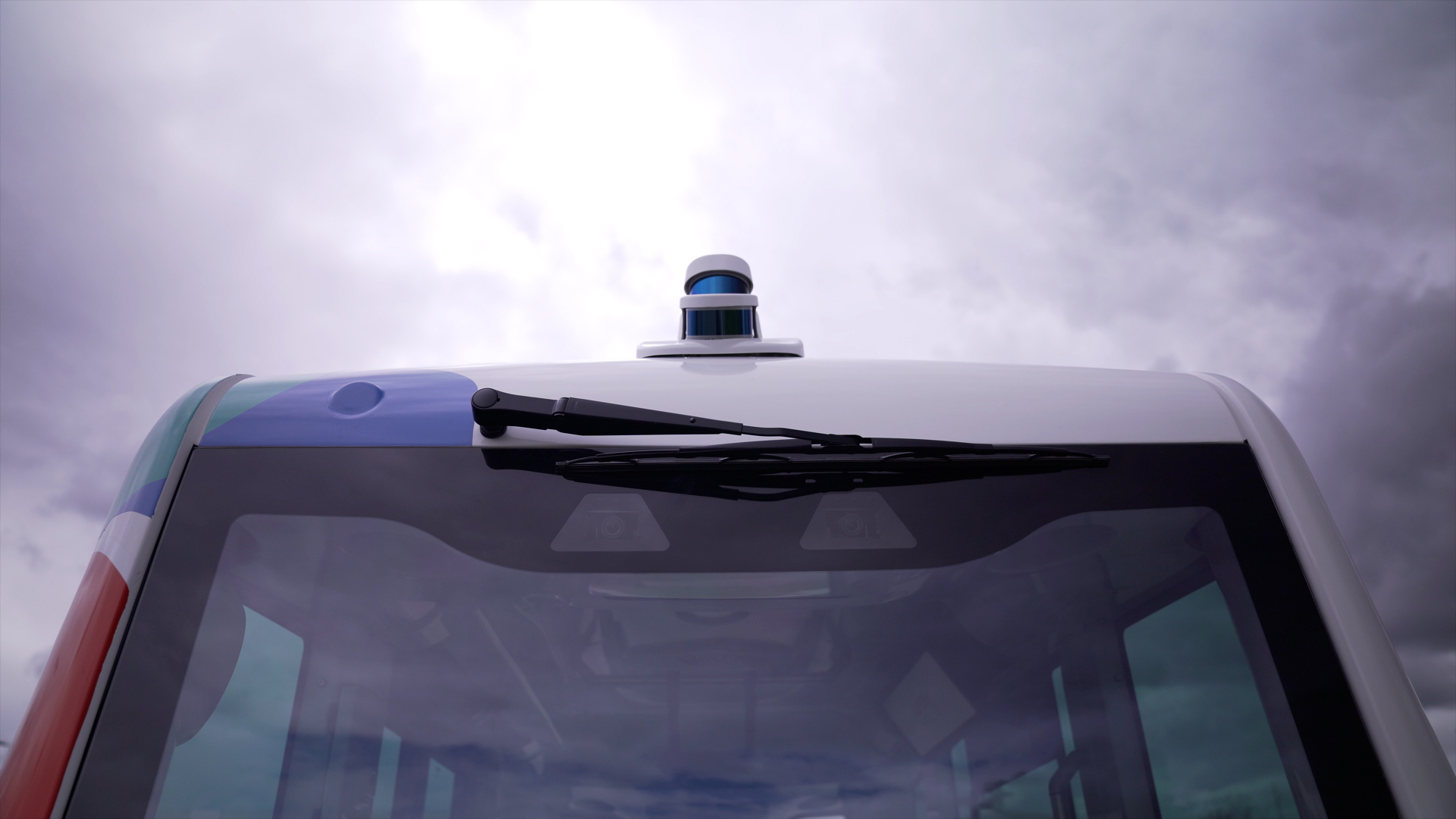Autonomous driving relies on strong perception capacities, as a precise understanding of the environment around the vehicle is required. Significant progress has been made in this field, enabling autonomous vehicles (AVs) to evolve in a large variety of environments, but challenges remain in the presence of adverse weather conditions.
A good insight into the consequences induced by these water particles on the sensors’ signals is paramount to managing this.
In their publication, our engineer Karl Montalban and his research colleagues present the results of their findings on adverse weather conditions and their impact on LiDARs.
An internship in optics led Karl to the world of research and 3D LiDARs. How these function in adverse weather is at the heart of his current thesis. His work, in collaboration with ONERA the French aerospace lab and LAAS-CNRS a research laboratory linked with the French National Centre for Scientific Research, supports EasyMile's operations at Level 4 of autonomous driving, for which these sensors are required.

